Employee Satisfaction - Employee Satisfaction Assessment
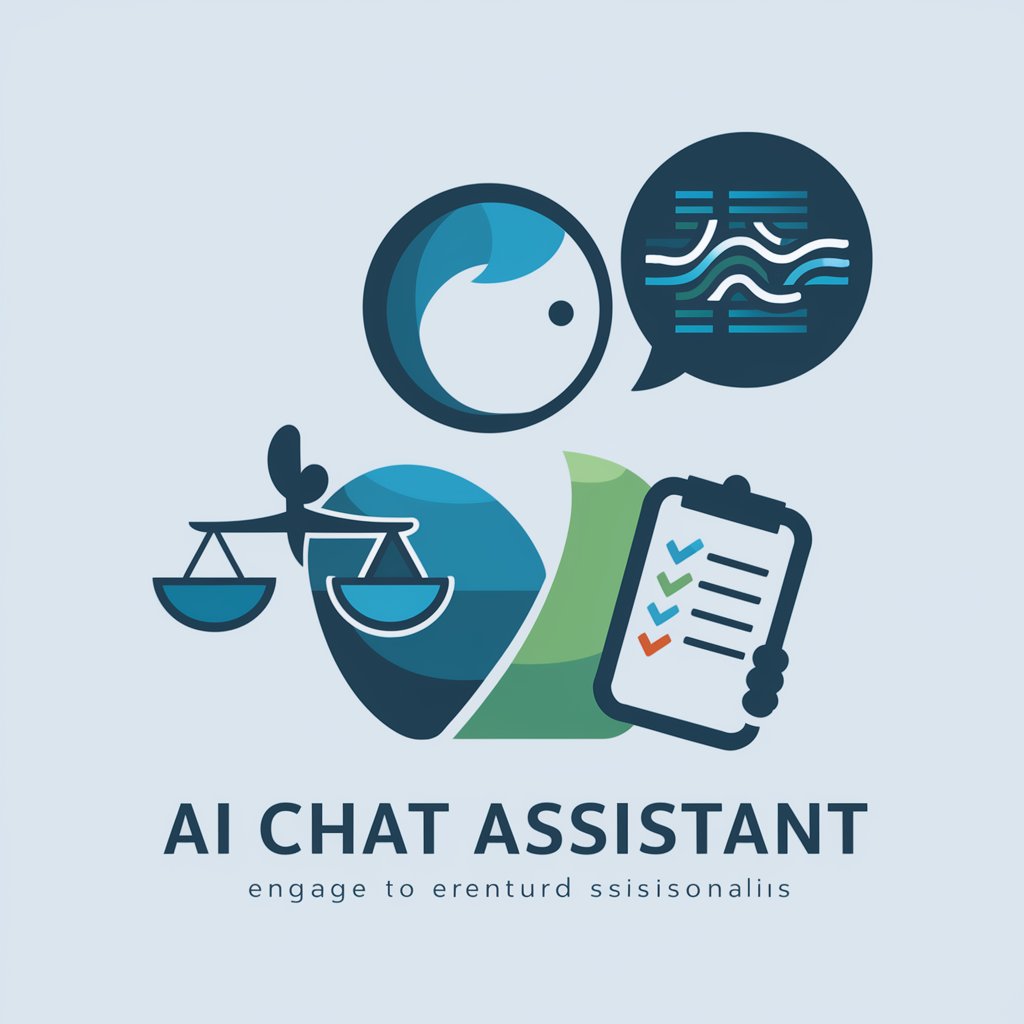
Hello! Let's work together to boost your workplace happiness and satisfaction. 😊
Empowering workplaces with AI-driven satisfaction insights.
How satisfied are you with your current work environment?
Can you describe a moment when you felt truly valued at work?
What improvements would you suggest to enhance your team's morale?
How do you feel about the communication channels within your organization?
Get Embed Code
Understanding Employee Satisfaction
Employee Satisfaction is meticulously designed to assess and enhance the contentment levels of employees within an organization. By engaging employees through a series of structured questions, combining both multiple-choice and open-ended formats, it offers a comprehensive platform for feedback collection. Its primary aim is to identify prevalent trends and potential areas for improvement within the workplace, thereby contributing significantly to the overall health and culture of an organization. For example, an organization struggling with high turnover rates may use Employee Satisfaction to pinpoint underlying issues through employee feedback, such as a lack of recognition or poor work-life balance. This insight allows for the development of targeted strategies to improve employee retention and satisfaction. Powered by ChatGPT-4o。

Core Functions of Employee Satisfaction
Structured Feedback Collection
Example
Deploying surveys with a mix of question types to gather diverse insights.
Scenario
An HR manager uses the platform to distribute a survey assessing workplace conditions, employee morale, and the effectiveness of remote work policies. This approach allows the organization to gather nuanced feedback that informs actionable changes.
Analytical Insights
Example
Using Python interpreter for complex data analysis.
Scenario
After collecting survey data, the platform employs statistical analysis to identify key trends, such as a correlation between employee engagement levels and productivity. These insights help in pinpointing specific areas for improvement.
Web Browsing for Benchmarking
Example
Sourcing the latest studies on employee satisfaction.
Scenario
To ensure recommendations are based on the latest research, the platform searches for recent studies on effective employee engagement strategies, helping a company to benchmark its policies against the latest industry standards.
Visual Data Representation
Example
Creating graphs or charts to illustrate survey results.
Scenario
For a more impactful presentation of survey findings, visual aids like graphs are generated to highlight key data points, making it easier for management to understand employee sentiment and take informed actions.
Document Handling
Example
Transforming survey data into actionable reports.
Scenario
Compiling the analyzed data into comprehensive reports, which include actionable recommendations for enhancing workplace satisfaction. These documents serve as a roadmap for HR to implement specific initiatives.
Who Benefits from Employee Satisfaction?
HR Professionals and Managers
This group includes human resources professionals and team leaders who are directly responsible for maintaining and improving employee morale and satisfaction. They benefit from using Employee Satisfaction by gaining access to detailed insights into the workforce's well-being, enabling them to develop targeted interventions to address issues such as engagement, motivation, and turnover.
Senior Executives
Senior executives, including CEOs and CFOs, can use the insights gathered from Employee Satisfaction to make informed decisions that affect the entire organization. Understanding employee sentiment helps in shaping strategies that align with the company's culture and objectives, ultimately leading to improved performance and competitive advantage.
Small Business Owners
For small business owners, Employee Satisfaction offers a cost-effective way to tap into employee feedback and sentiments without the need for large HR departments. This can be crucial in fostering a positive work environment and retaining talent, which is vital for growth and stability.
Organizational Development Consultants
Consultants specializing in organizational development can utilize the platform to provide evidence-based recommendations to their clients. By leveraging detailed analytics and trends, they can formulate strategies that improve employee satisfaction, drive engagement, and enhance overall organizational health.

How to Utilize Employee Satisfaction
Initiate Free Trial
Begin by navigating to yeschat.ai to sign up for a complimentary trial, with no necessity for ChatGPT Plus or prior login.
Identify Needs
Consider what aspects of employee satisfaction or workplace culture you're keen to explore or improve. This could range from general morale to specific issues like communication or work-life balance.
Conduct Surveys
Use the tool to create and distribute tailored surveys to your team. Ensure questions cover a range of topics to glean comprehensive insights into employee satisfaction.
Analyze Feedback
Leverage the tool's analytics features to interpret the survey data. Look for patterns or areas with room for improvement.
Implement Changes
Based on the insights gained, develop and apply strategies aimed at enhancing workplace satisfaction. Reassess regularly to monitor progress and adapt as needed.
Try other advanced and practical GPTs
Ancestry Narrator
Unravel Your Ancestry with AI

Woodworking Projects for Beginners
Crafting Made Easy with AI

Engage: The Customer Satisfaction Wizard
AI-driven Customer Satisfaction Solutions
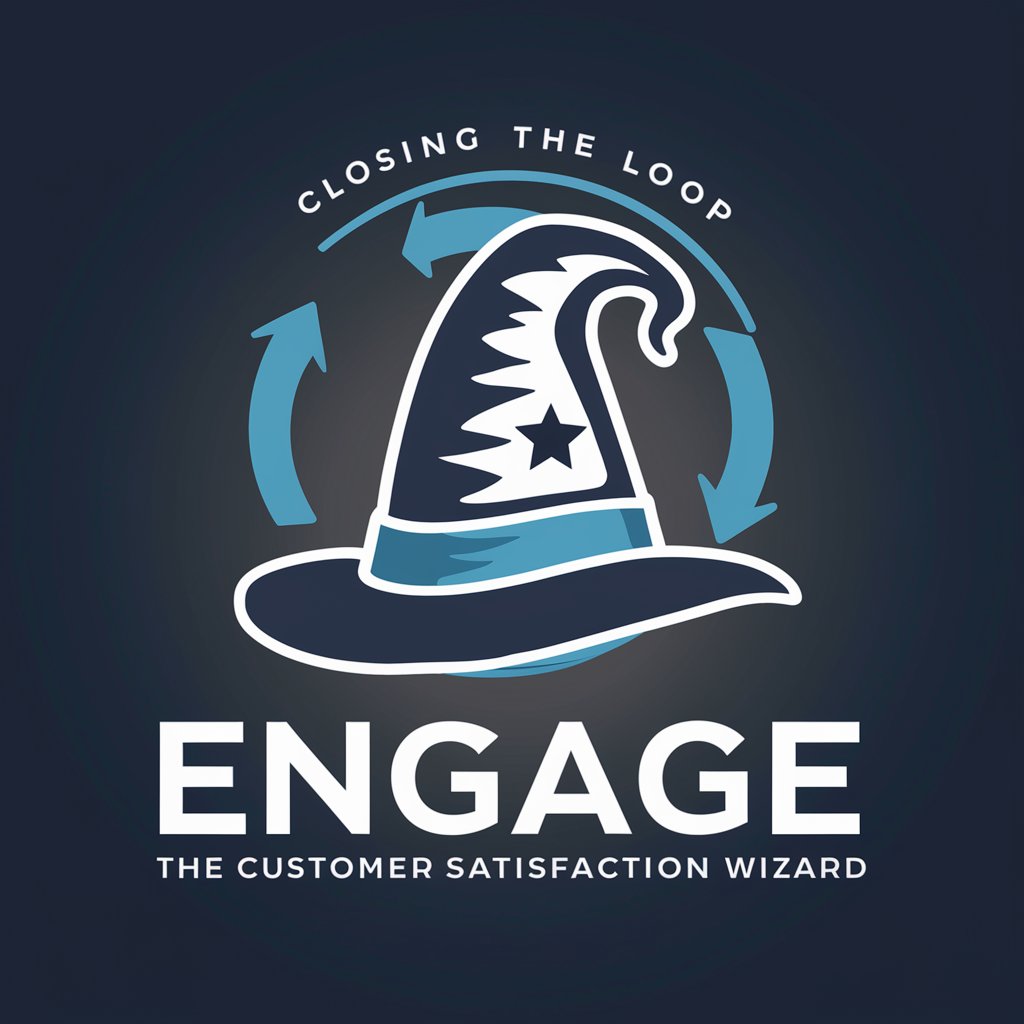
Customer Satisfaction Expert
Elevate Customer Satisfaction with AI
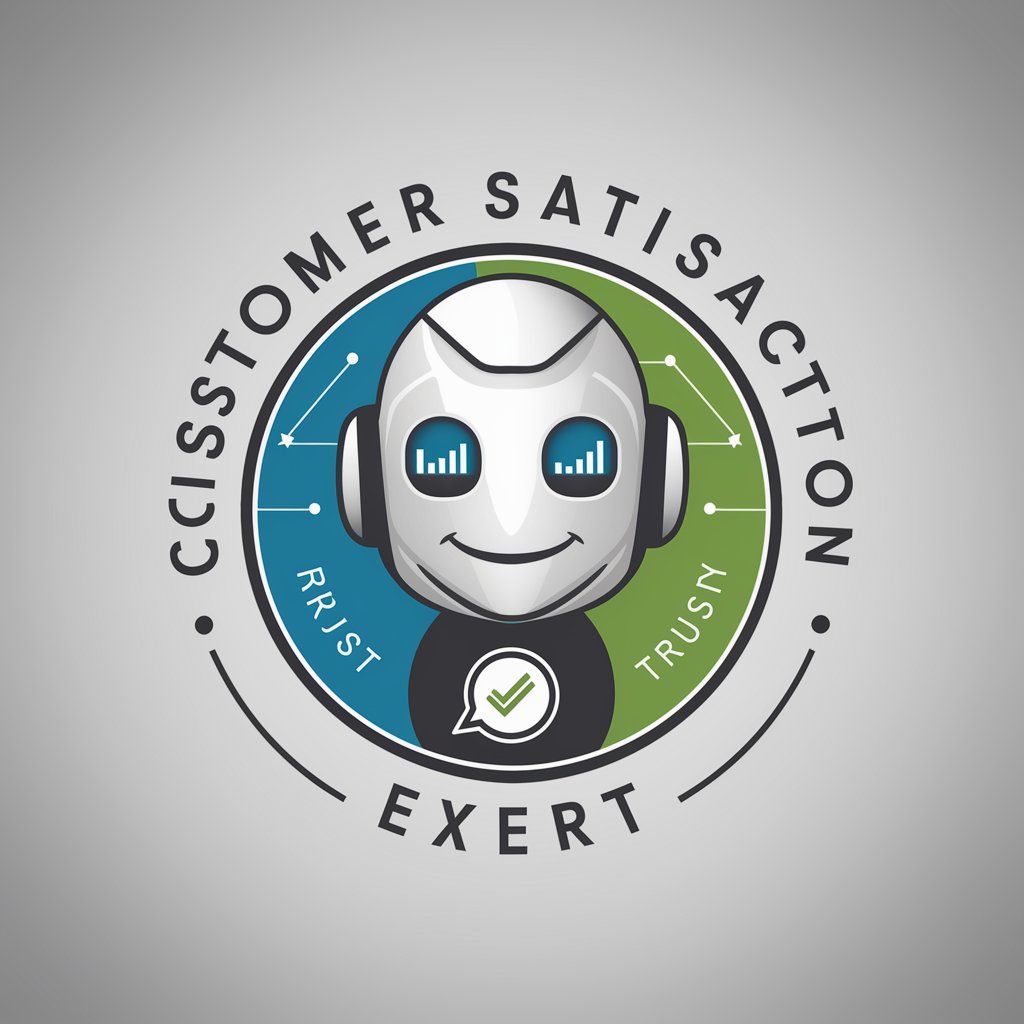
Client Satisfaction Master
Elevating Customer Service with AI

Client Satisfaction Master
Elevate Your Service with AI Insights

Life Satisfaction Enhancer
Empowering your journey to greater satisfaction

Customer satisfaction
Enhancing satisfaction with AI insights
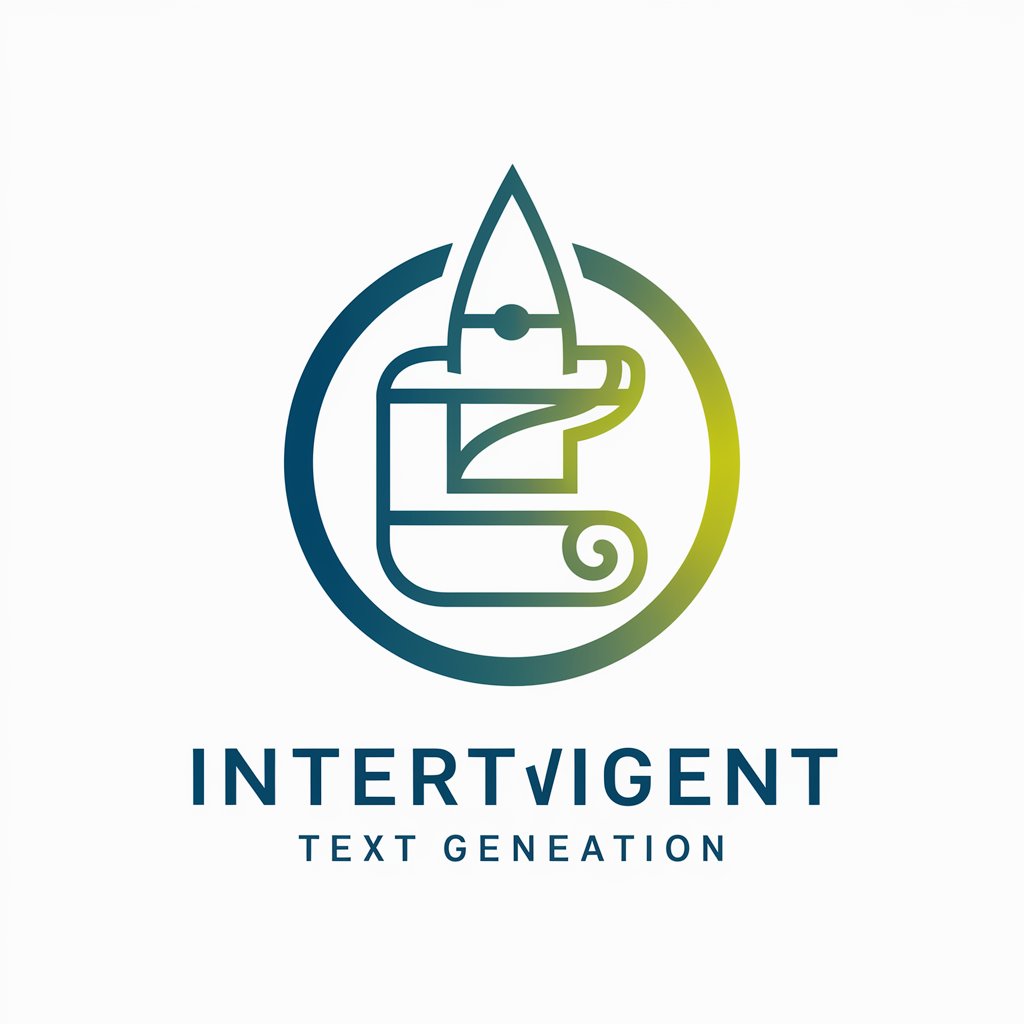
Designing for User Satisfaction
Empower Your Designs with AI
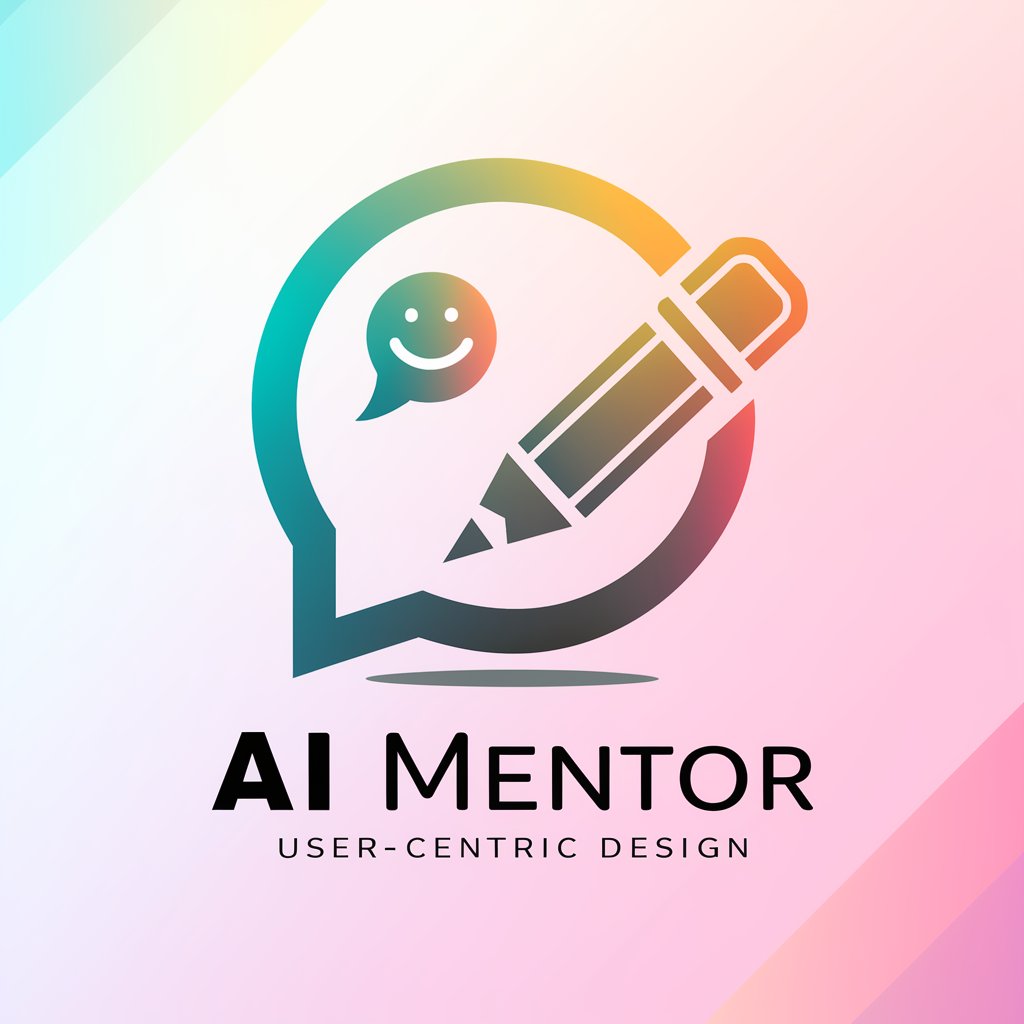
Employee Satisfaction Survey Analyst
Empower your team with AI-driven insights
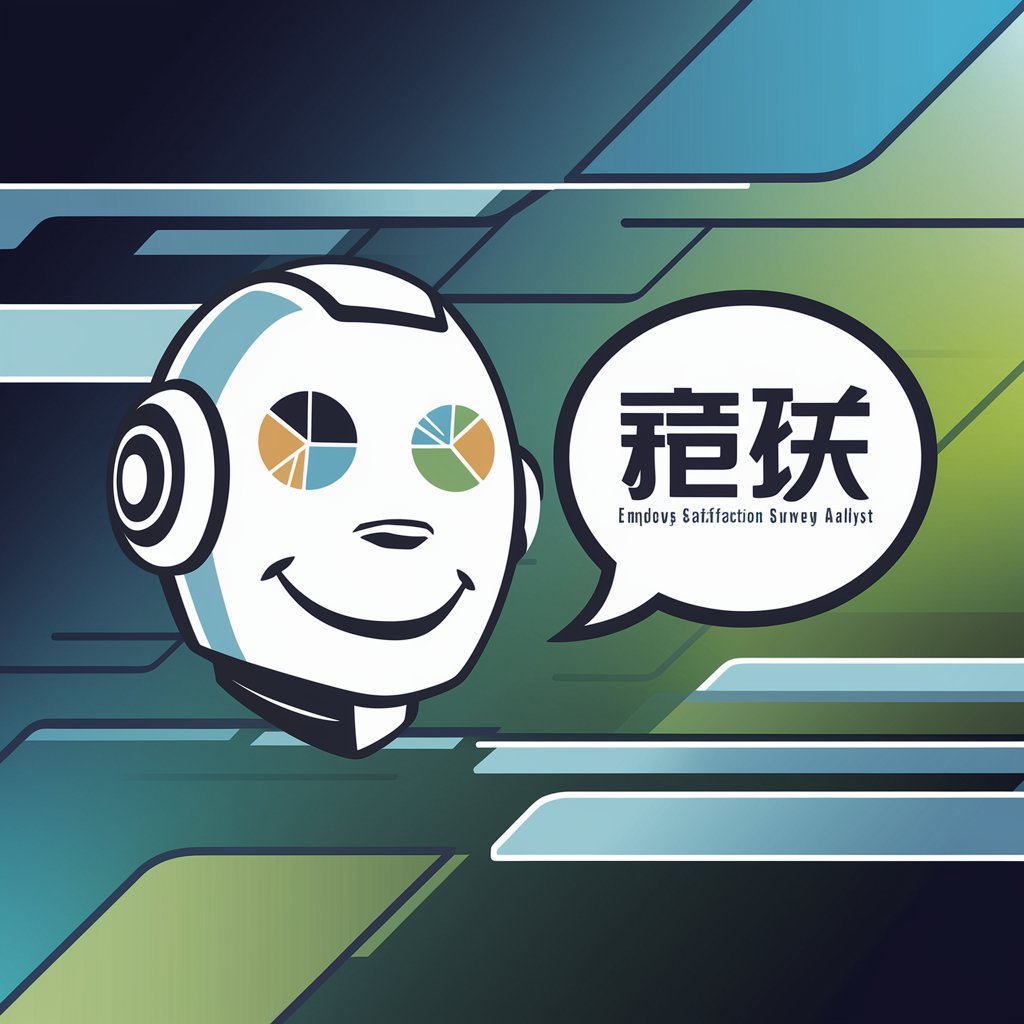
Construction Sustainability Expert
Empowering Sustainable Construction with AI

Global Construction Sorcerer
Building Smarter with AI

Frequently Asked Questions about Employee Satisfaction
What makes Employee Satisfaction unique?
Employee Satisfaction stands out by offering a specialized focus on improving workplace culture and morale through tailored surveys, data-driven insights, and actionable feedback mechanisms, all powered by advanced AI technology.
Can Employee Satisfaction help with remote teams?
Absolutely. It's designed to support teams regardless of their physical location, providing remote workers and their managers with tools to assess and enhance job satisfaction, communication, and collaboration effectively.
How often should I use Employee Satisfaction surveys?
Regular use is recommended. Conducting surveys quarterly can help track satisfaction trends over time, though some organizations may benefit from more frequent checks depending on changes within the team or workplace.
Is training required to use Employee Satisfaction?
No specific training is required. The platform is user-friendly, with intuitive survey design tools and analytics. However, familiarizing yourself with its features and best practices can enhance your experience.
Can Employee Satisfaction integrate with other HR tools?
While it offers comprehensive standalone functionality, integrating it with other HR systems for a more holistic view of employee engagement and performance metrics can be explored on a case-by-case basis.
